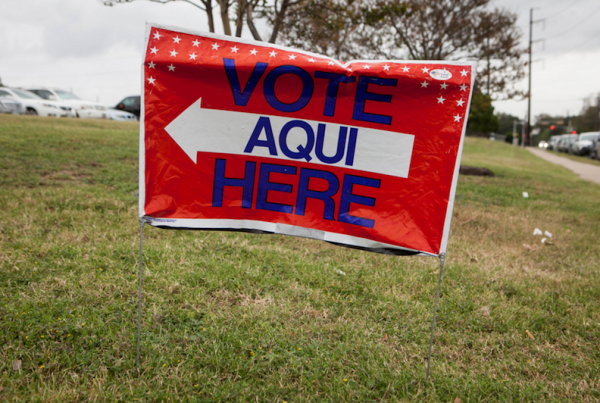From Houston Public Media:
Texas is suffering from a doctor shortage and a nurse shortage, and both are expected to get worse as the state’s population grows. It’s an issue across the country, as the medical workforce braces for the aging of the Baby Boomer population.
Research shows the medical talent in Texas has clustered in and around the big cities. In between, there are wide swaths of rural Texas where there are few or even no doctors of any sort.
“About 25 percent of Texas counties have less than five docs,” said Dr. Tim Garson, the director of health policy for the Texas Medical Center. “Over 50 percent have no psychiatrist and no obstetrician.”
Garson recently organized a conference on the issue at the medical center.
But the solution isn’t necessarily to train more doctors, Garson said. First of all, you can’t tell doctors where they have to live. And secondly, doctors are expensive. In an era when healthcare costs are soaring, it’s better to see who else might be able to fill in those gaps.
“There are a bunch of things a doctor doesn’t have to do, (that) a nurse could do, such as a physical for camp,” he explained.
Twenty-one states allow nurse practitioners to provide more medical services, like diagnosing illness and prescribing medications.
But Texas is not one of them. If it was, that would help a lot with the doctor shortage, Garson said.
Some experts say pharmacists could help treat minor problems, like cuts or pink eye, right in the pharmacy. That idea is being tried out in Washington state.
Other states have created new categories of health workers, such as the dental therapist. A dental therapist isn’t a dentist, but can fill simple cavities. They’ve been working successfully in places with acute dentist shortages, like Alaska and Minnesota.
Medical licensing is handled state by state. State regulators decide who gets licensed and what they can do with that license. That can be both good and bad, according to Edward Salsberg, an expert in health care workforce issues at George Washington University.
“It provides us with this great opportunity to say ‘If it worked there, then maybe we can try it elsewhere,’” said Salsberg. “The challenge, of course, is just because it works in two or three states, it doesn’t mean it’s automatically going to be adopted by all the other states.”















